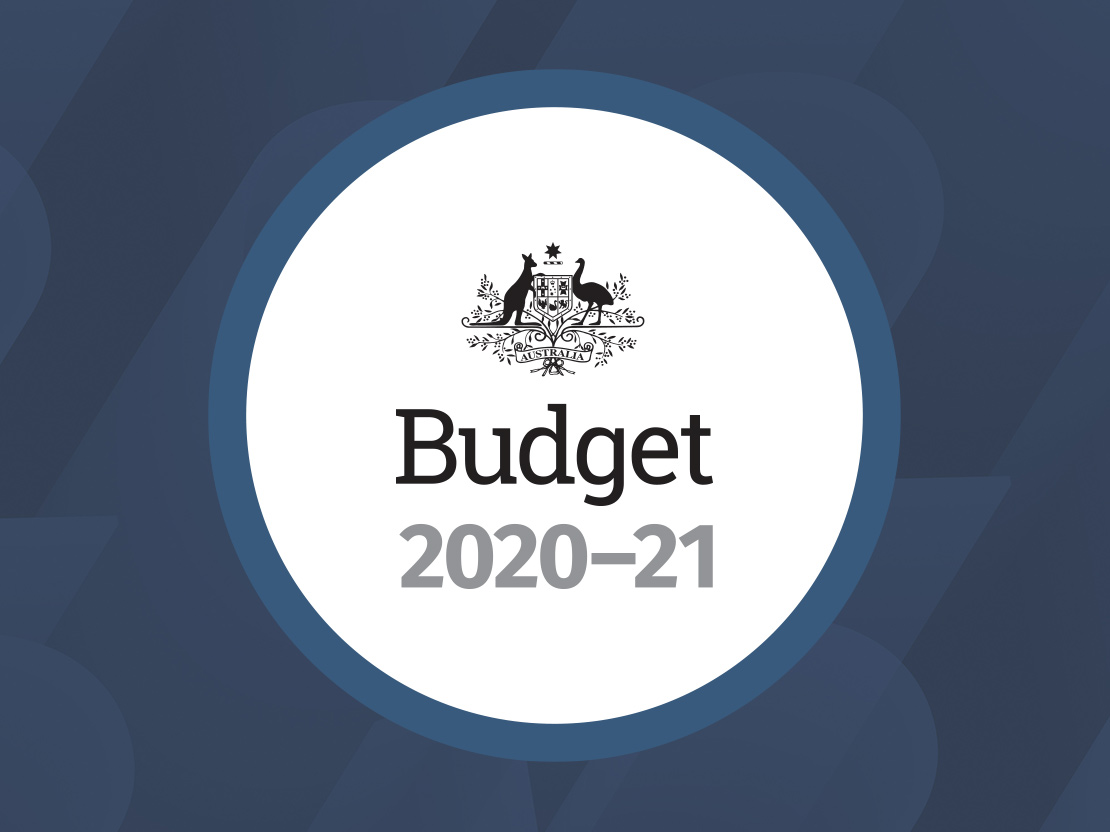Early October, Australian Treasurer Josh Frydenberg revealed Australia’s federal budget. It was Australia’s first recession budget in 30 years. And is the first of the next few budgets that will focus on repairing our nation’s economy that has been tattled due to the pandemic we know as COVID-19. The budget details steps to boost the economy after the impact of COVID-19, and has an estimated budget deficit for 2020-21 of $213.7 billion. There are further deficits anticipated over the medium term due to the unprecedented spending in the 2019-20 financial year to support health and livelihoods during the coronavirus pandemic.
In summary, the budget’s main theme is to focus on jobs and investments, and the steps Australia needs to follow to restore employment. This involves spending measures that will keep businesses afloat, employees working and businesses functioning. Net debt is predicted to reach AU$966 billion (44 percent of the gross domestic product) by June 2024. In addition, the government is expecting unemployment to rise from its current pandemic low to 6.5 percent by June 2022. The new figures expect unemployment to drop to 6.25 percent in 2021-22 and dramatically fall to just 5.25 percent by 2023-24.
Frydenberg has described Australia’s path to recovery as “monumental”, and has stated that personal income tax cuts, infrastructure spending and incentives for business would further to create employment and increase consumer spending.
What does this mean for Australians?
The road ahead for Australia is going to be a challenging one, however, there is an expectation that the economy will improve more than the government had previously predicted – as unemployment and budget recovers faster than expected.
In addition, there has been a huge demand for Australian iron ore, primarily from China. The iron ore has recorded its highest selling prices; however, the federal government is playing it safe and not factoring in the potential windfall in its budget recovery. The demand coming from China has been welcomed in the wake of their COVID-19 stimulus package. And also due to Brazil being unable to produce its normal volume for exportation. This has resulted in a temporary boom for Australian iron ore exporters. The Australian Federal Government has opted to manage expectations and assume that the high prices are not a permanent fixture. Frydenberg is unclear on how long the Chinese stimulus program will continue or when iron ore production levels will return to normal in Brazil.
The 2020-21 budget has also unveiled an increase in aged care spending in the Mid-Year Economic and Fiscal Outlook (MYEFO). This is the third consecutive year that the Federal Government is investing in aged care. In the 2020-21 budget, 10,000 new home care packages costing AU$850 million will be created. This additional investment brings the total number of packages funded to 50,000 since the Aged Care Royal Commission’s interim report was released. It recommended the entire waiting list of about 100,000 be cleared. Australia’s Prime Minister, Scott Morrison has pointed out that the health and wellbeing of older Australians is “an absolute priority”.
What about small businesses?
Business investment, growth, and consumer spending is one of the key foundations of the Government’s economic recovery plan. There are many measures that affect small and medium businesses – in fact, many medium businesses will transform into “small” businesses for tax law purposes. These mostly come up in the JobMaker section of the Federal budget.
In summary, here are a few key points that are relevant to small business.
Instant asset write-off
This instant asset write-off has been one of the key announcements – and is expected to cost Australia AU$27 billion. Essentially, what this means once it passes into law is that small businesses will have the possibility to write off the value of assets purchased until 2022. This is expected to cover 96 percent of businesses. And is an incentive to get businesses purchasing new equipment over second-hand equipment. It also is a marketing opportunity for businesses that supply depreciable assets.
Carry back tax losses
$1.9 billion has been assigned for businesses to carry-back tax losses from 2019-20, 2020-21, or 2021-22 income years to offset previously taxed profits in 2018-19 or later income years.
JobMaker
The JobMaker Hiring Credit is a transition away from JobKeeper. And will target businesses that have been hit the hardest by recent unemployment. The $850 million JobMaker Hiring Credit can be payable to businesses for up to twelve months when they hire individuals between the ages of 16 and 35 years.
Boosting apprentices and trainees
The Supporting Apprentices and Trainees (SAT) wage subsidy has been extended, which is to keep apprentices and trainees employed. Businesses can claim the new Boosting Apprentices Wage Subsidy for new apprentices. Or trainees and are eligible to be reimbursed for up to 50 percent of the apprentice or trainee wages. The subsidy capped at $7,000 per quarter for gross wages of new apprentices and trainees.
Technology
To help businesses invest in technology, the national digitisation plan has been developed to help small businesses use technology. And help fund a national directory overseen by the Australian Taxation Office.
Mental health
COVID-19 has seen many employers and employees fall into depression as they deal with the pandemic and isolation. The Federal budget has set $4.3 million for Beyond Blue’s NewAccess service to provide mental support for small businesses. Businesses will have the ability to access free of charge telehealth sessions with mental health coaches.
Changes to Fringe Benefits Tax
- Record keeping: Employers will have the possibility to rely on existing corporate records. As opposed to employee declarations to finalise their fringe benefits tax returns.
- Exemption to support retraining and reskilling: The Government will introduce an exemption from fringe benefits tax for retraining. And reskilling provided by employers to redundant. Or soon to be redundant employees – where the benefits may not be related to their current employment.
If you’re unsure about how the Australian Federal government budget for 2020-21 affects your business, then give us a call at our Eastern Suburbs tax accountant practice. We work effortlessly to understand and simplify all the budget information and assess what your business can be eligible for. RT Taxation can help you focus on your business while you leave the boring tax stuff to us. We want you to have the confidence to run your business while our tax experts work on ensuring you are up-to-date with your tax requirements.











